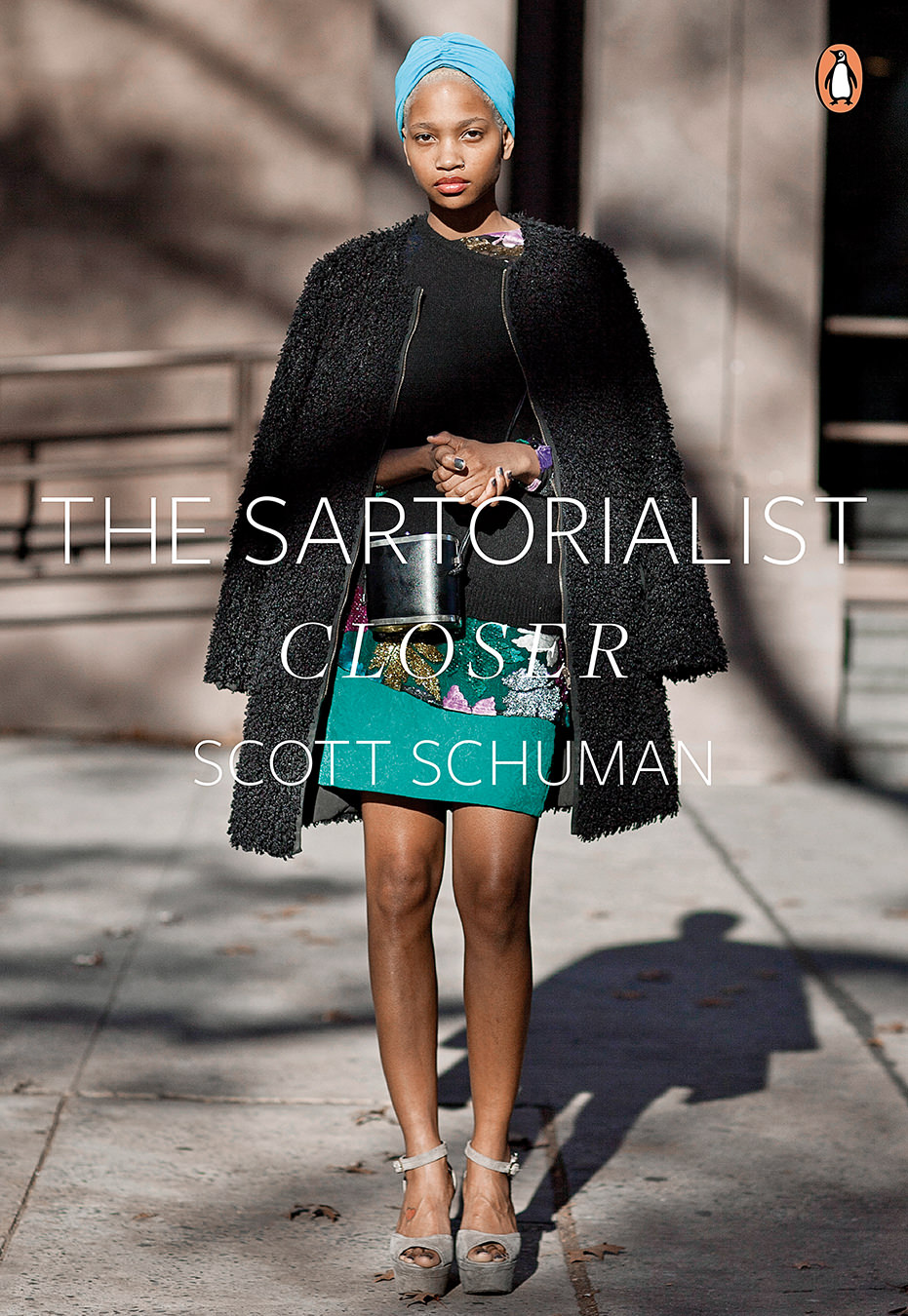A Guide to Types of Specialty Wools and Where They Come From
Wrapped in clouds.
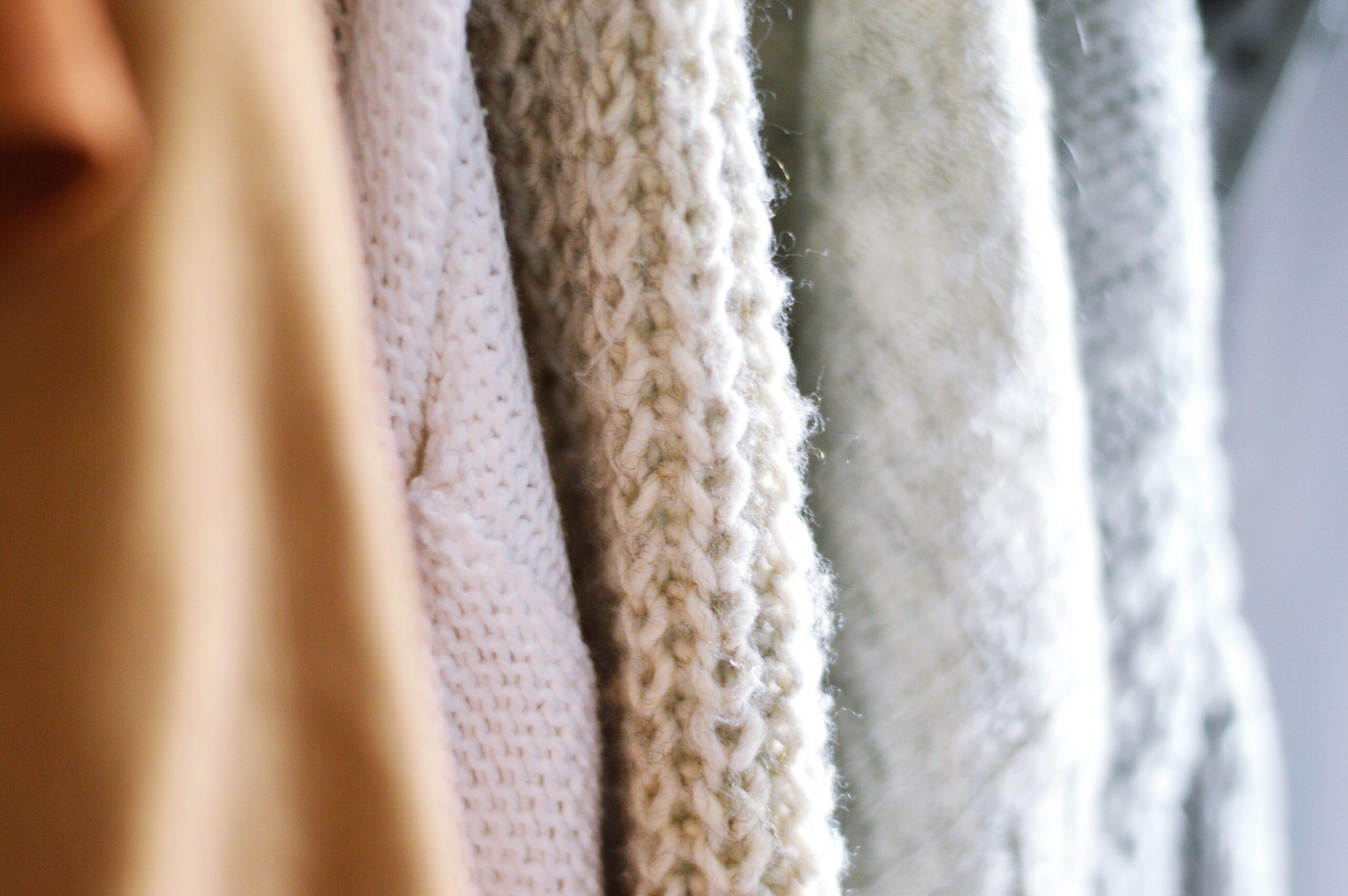
Humans have been making textiles from wool for thousands of years—some estimates even stretch back to 10,000 BCE—so it’s no wonder that wool continues to be a staple of the collective wardrobe. But let’s be clear: this classic fibre is not a monolith. There are many types of wool, each with its own unique benefits, and it’s worth understanding these distinctions to ensure you choose the right specialty wool for the right purposes.
Lambswool
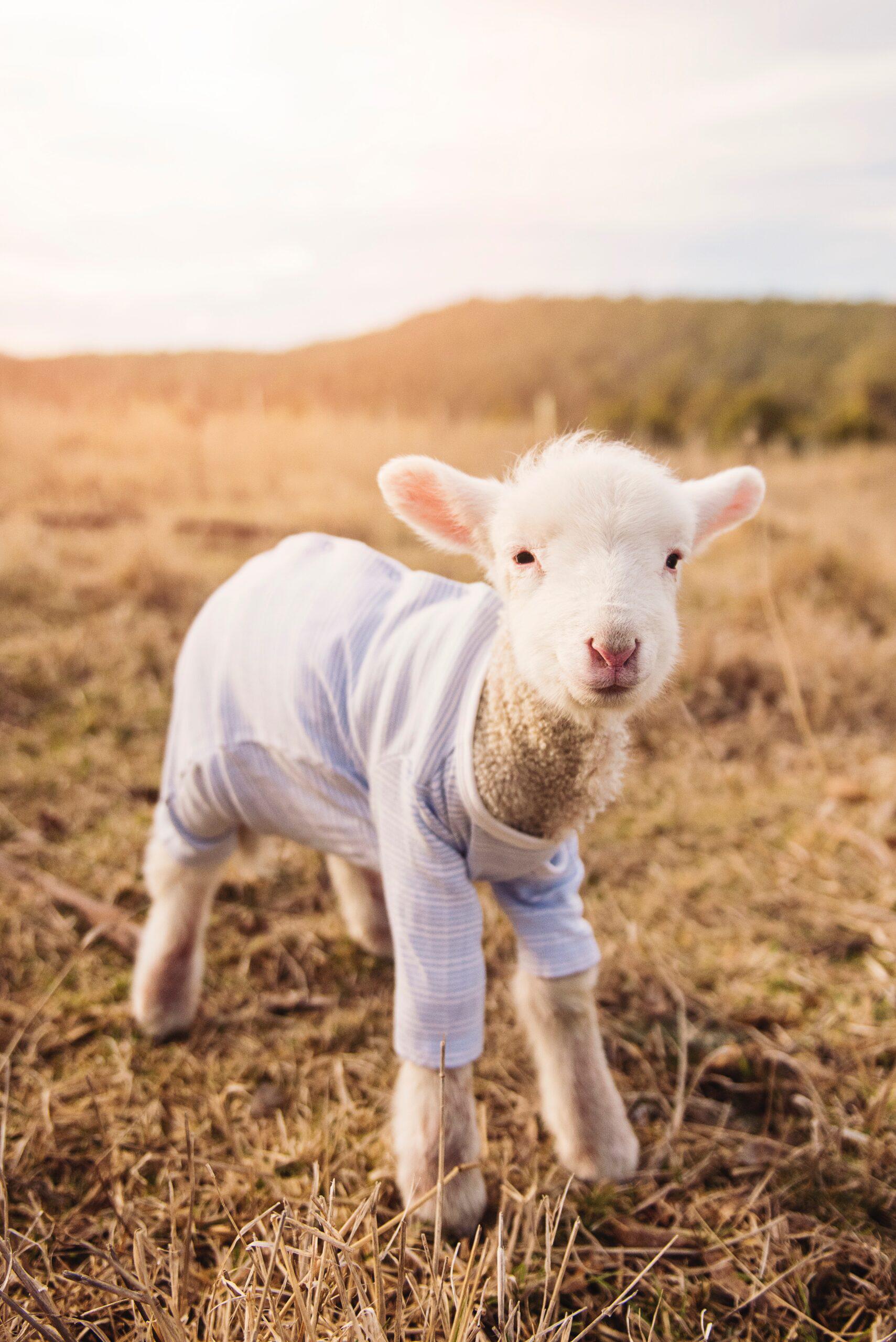
Perhaps unsurprisingly, lambswool is the product of a lamb’s first shearing. Finer and softer than your average sheep’s wool, lambswool is naturally hypoallergenic and resistant to dust mites, making it one of the best types of wool for people with certain sensitivities, like allergies. While lambswool is a common garment fibre, its mite-resistant nature makes it particularly excellent for warm, breathable bedding, blankets, and linens.
Merino Wool
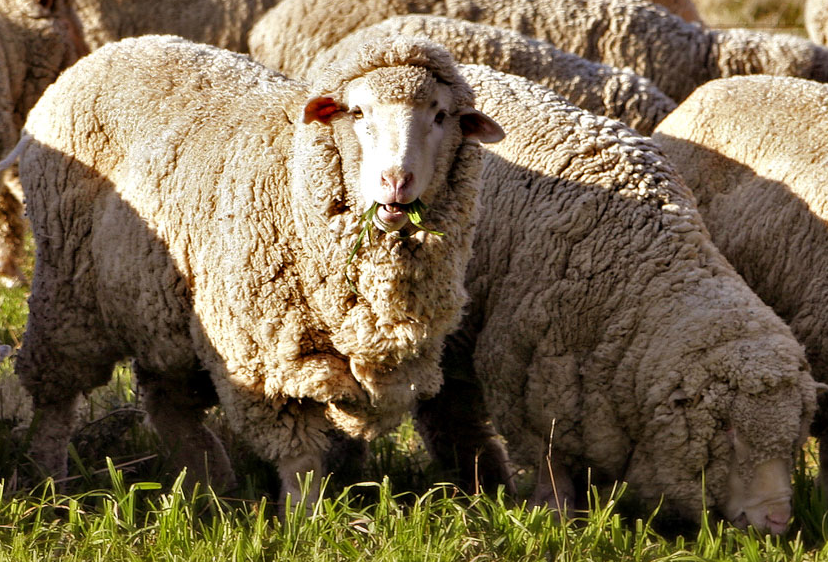
Merino wool hails from a Spanish breed of sheep whose origins can be traced back to the 12th or 13th century. Even softer and finer than lambswool, merino wool has the benefits of odour resistance, extreme durability, quick drying capabilities, and temperature regulation—it’s even suitable to wear in the summer. Its elastic properties also make it wrinkle resistant, ideal for travelling, and life on the go.
Cashmere
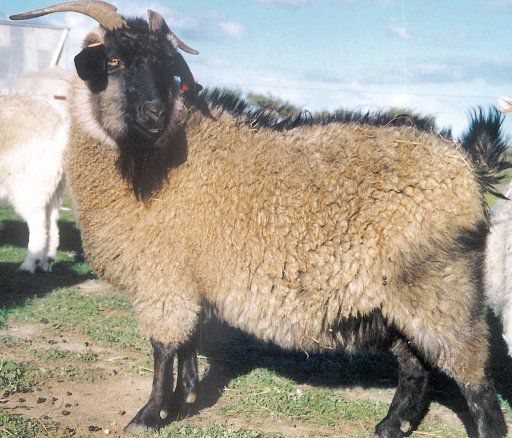
Cashmere’s reputation as a luxury wool stems from scarcity. Cashmere wool is sourced from the thin undercoat of cashmere and pashmina goats, and while the average sheep can produce more than three kilos of wool every year, one cashmere goat yields a mere 200 grams. With its sumptuous, silky texture, cashmere is one of the best wools for scarves and garments that directly touch the skin. But beware of “cashmere blends,” which often mix cashmere with sheep’s wool or synthetic fibres like acrylic to reduce costs.
Vicuña

Pure cashmere may be a rare luxury—but compared to vicuña wool, it’s as common as cotton. Produced by the vicuña, Andean ancestor to the alpaca and cousin to the llama, raw vicuña wool costs between $399 to $600 per kilo (versus $75 to $85 for cashmere). In the mid-20th century, the vicuña was classified as endangered by the Washington Convention, with restrictions placed on the trade of its wool until 1994—adding to the mystique and desirability of this elite fibre. The finest, softest wool on the market, vicuña wool is a serious investment, best brought out for only the most special occasions.
Qiviut
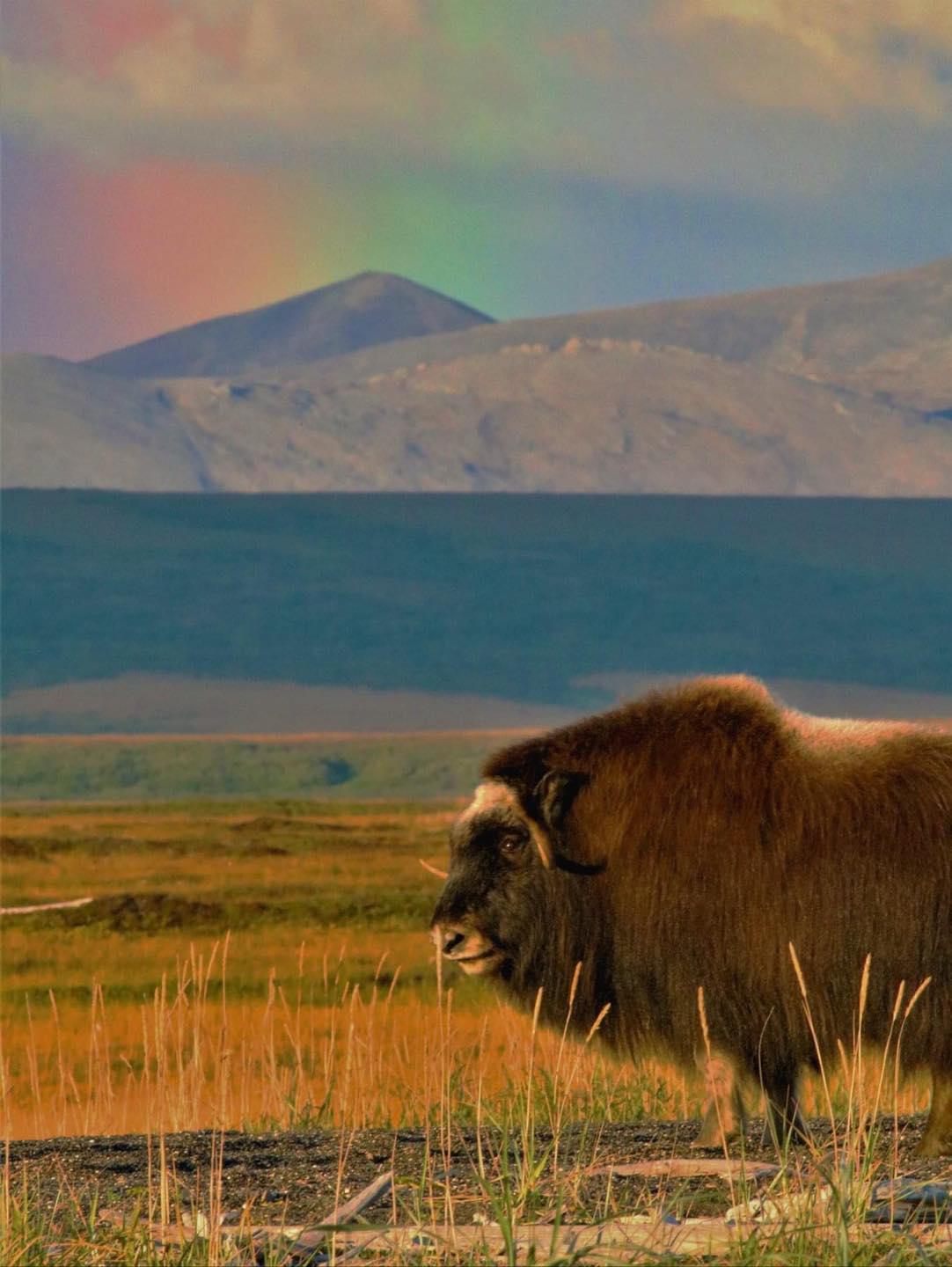
Unlike most other types of wool, qiviut—or muskox wool—is not sheared from its animal source but made from the muskox’s hide or the living animal’s moulted coat that’s left against trees. Quiviut is primarily produced in Canada and Alaska, and it is perfect for cold northern temperatures—eight times warmer than sheep’s wool, qiviut is one of the best wools for winter jackets, hats, and sweaters.



